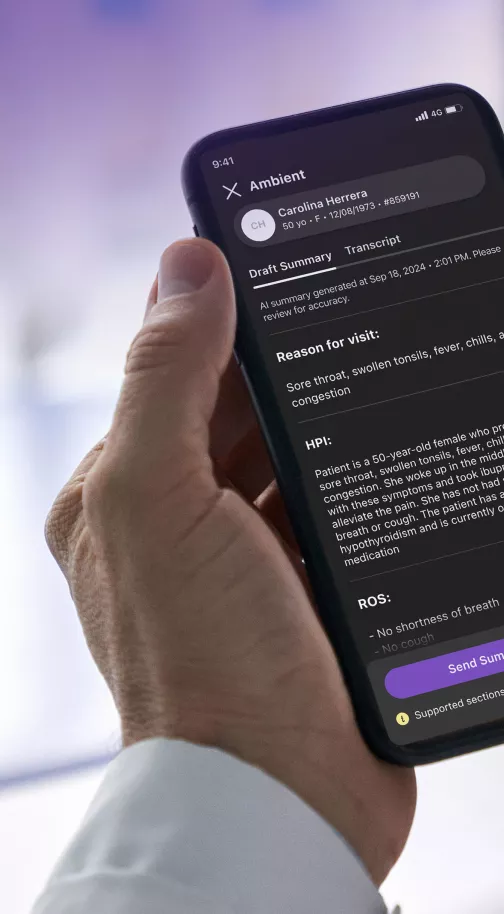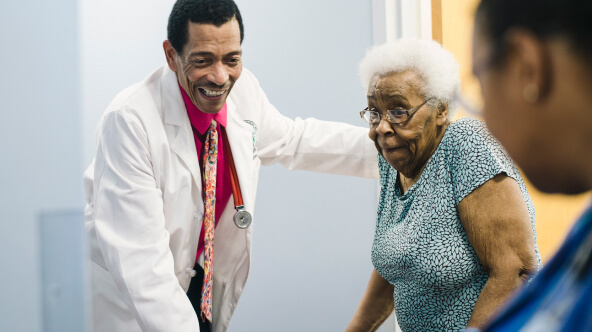What innovations drive success in healthcare? Here's a tactic from a leading healthcare organization on the athenahealth network
The problem
There aren't a lot of medical specialists on the windy ranchlands of South Dakota and western Minnesota. So, Coteau des Prairies Health Care System, a 25-bed critical access and acute care hospital in Sisseton, South Dakota, relies on primary care providers to staff its emergency department. These family physicians and nurse practitioners treat every emergency, from mental illness to heart attacks, that come through its doors.
The solution
To give its providers access to board-certified emergency department physicians and specialists, Coteau des Prairies several years ago contracted with Avera eCare Emergency to provide tele-emergency services 24/7.
At the touch of a button on 42-inch screens located in treatment rooms, emergency department staff can consult with a remote emergency physician, and patients can be assessed by behavioral specialists.
Remote specialists can read an EKG and other results to offer second opinions and recommendations. And screens and cameras are placed directly in front of the patients, so they can interact directly with the specialist as well.
In acute cases like cardiac arrests, providers may even ask a specialist to use the telemedicine technology to watch as they treat the patient. ED personnel can say, “Watch us, and if you have some expert advice, let us know."
All participating tele-emergency providers are credentialed at Coteau des Prairies and trained on its standard operating procedures. That enables direct interactions with a patient to start treatment if the on-site provider is tied up somewhere else. They can also arrange transfers to other facilities, starting the paperwork while the onsite provider cares for the patient.
The outcome
A virtual bench of backup emergency physicians means CDP can quickly transfer patients who need a higher level of care. Before this program, CDP was well above the critical access benchmarks for time to transfer, but now it is meeting national standards. And, especially with a trauma or stroke patient, the less time the patient is in the critical access hospital, the better.
Giving providers the comfort of knowing they'll have backup for complex cases has proved to be a powerful advantage in recruiting doctors and nurses to an area with an extreme shortage of providers, according to CDP administrators. The program helps ease the anxiety of nurses and providers CDP might otherwise have lost.
In the near future, telehealth services will be standard care in rural regions, administrators believe, for one simple reason: Having a good telehealth program helps saves lives.
Lia Novotny is a contributing writer for athenaInsight.












